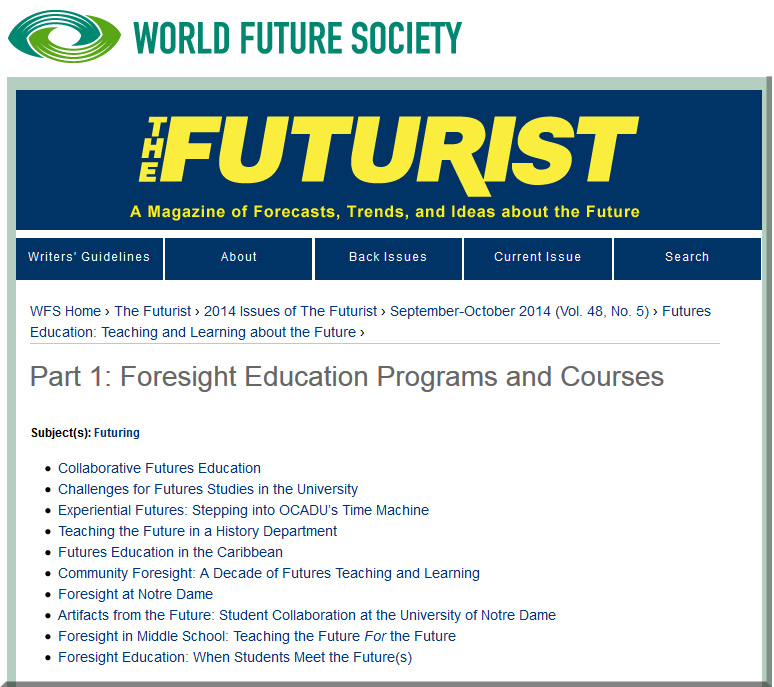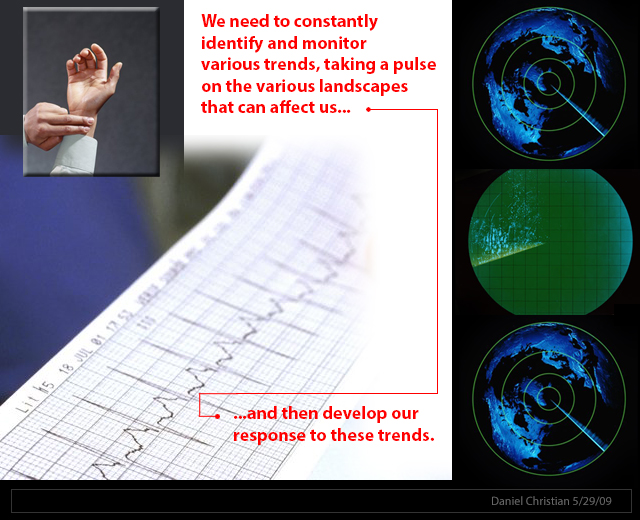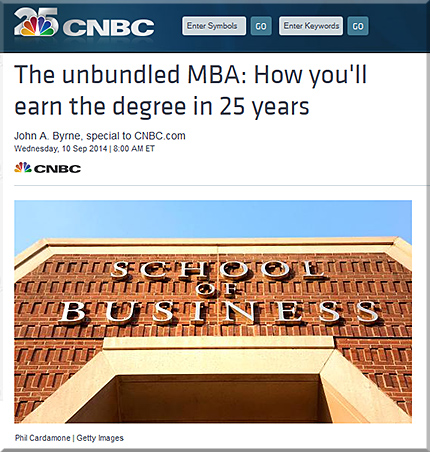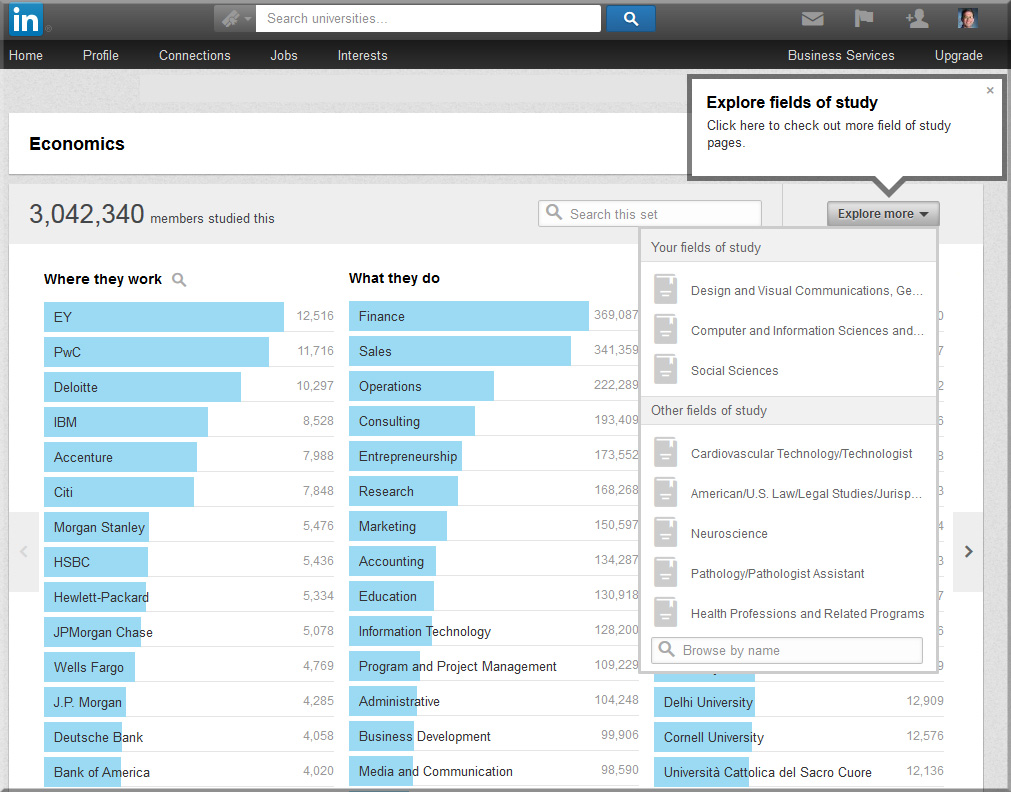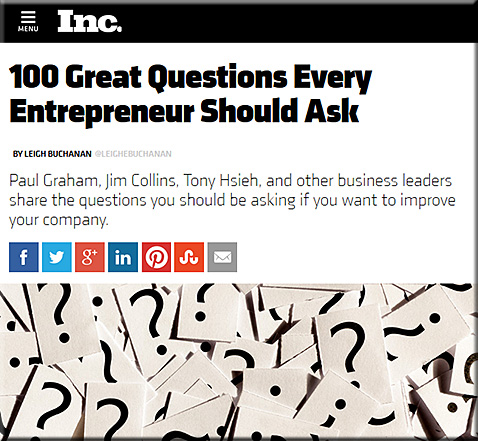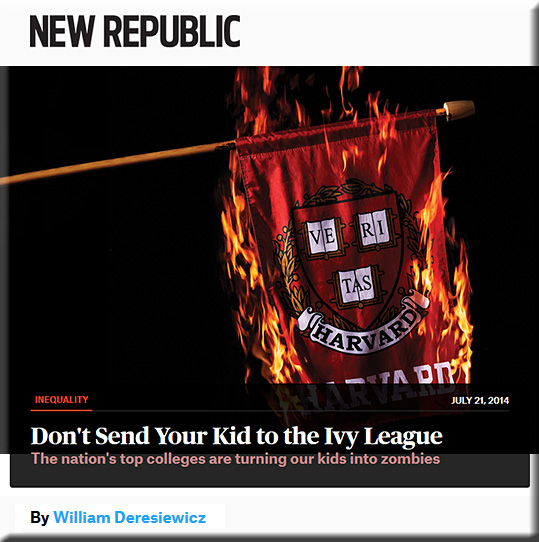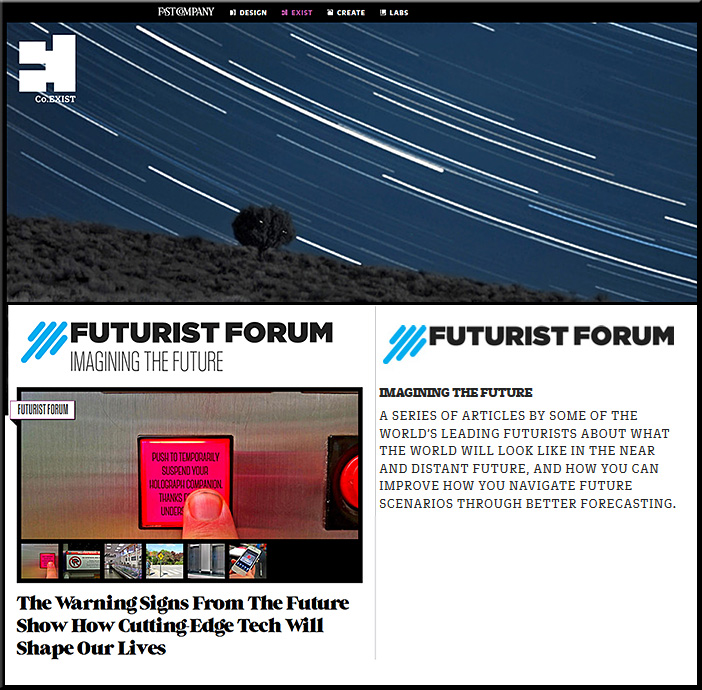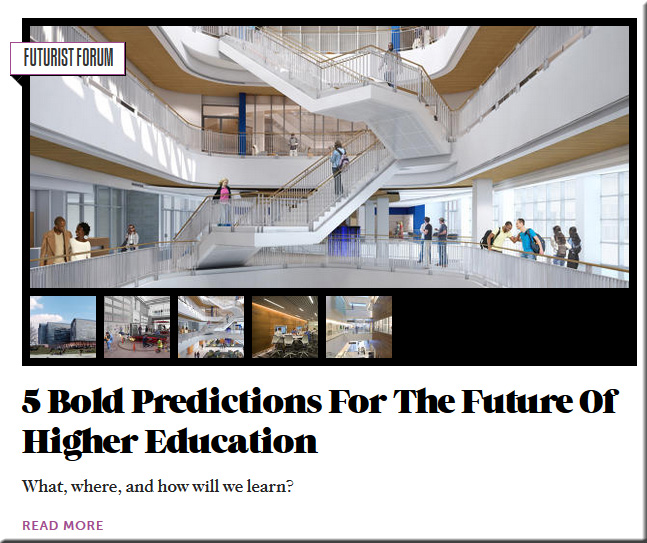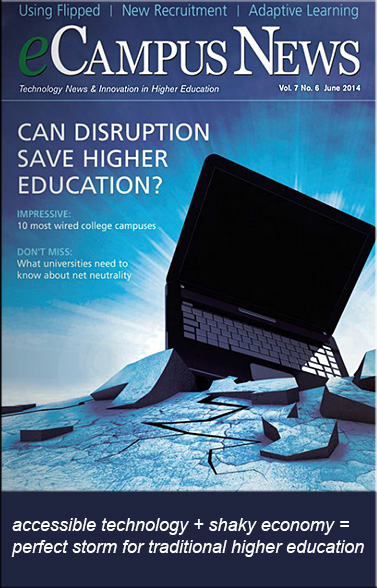The New Leadership Challenge — from educause.edu by Michael Kubit
Excerpt:
These are not traditional IT leadership challenges: IT leaders must develop a new set of skills. Emotional and social intelligence, the ability to provide leadership through ambiguity, managing behavior as performance, and effective engagement of stakeholders are the critical skills for IT managers today.
…
Historically, the use of information technology focused largely on infrastructure and enterprise business applications. Today, IT organizations need to find ways to align more closely with the teaching, learning, and research missions of their respective institutions. Three of the EDUCAUSE Top Ten IT Issues for 2014 emphasize the support of technology in the teaching and learning mission. The remaining issues involve positioning information technology as a strategic asset to leverage as a vehicle for innovation.
…
The speed at which things change fundamentally, both within information technology and higher education, makes it clear that traditional approaches will not take us where we need to go. We need to develop organizations that are more networked and interconnected, that are flatter, flexible, and focused on outcomes. We need to develop learning organizations that can respond to both challenge and opportunity without managers playing the role of parent.
A great deal of evidence collected over several decades and significant research have identified the qualities and characteristics of effective leadership. As technologists, do we pay enough attention to the science of organizational development? Effective leadership is the key to solving the challenges and opportunities before us. No longer are the principles of emotional intelligence and organizational effectiveness reserved for senior leaders. These skills and competencies must become part of the core requirements for anyone in a leadership position. As an industry, we need to find ways to offer professional development for the most critical aspect of a manager’s tool kit — leading people.
The Architects of Online Learning: A Strategic Partnership for the Sustainability of Higher Education — from educause.edu by Robert Hansen
Excerpt:
The transformational impact of online education has profound implications for the sustainability of many traditional higher education institutions. As we all know, nontraditional students became the new majority well before the turn of the past century. More than 75 percent of today’s higher education students are nontraditional. As enrollments at many tuition-dependent institutions have declined, colleges and universities have turned to the adult market to stabilize their budgets. This means that having a clear vision for online education—the preferred format for so many working adults—has become a strategic imperative.
And yet, even though many college and university leaders acknowledge the value of serving adult and nontraditional students, it’s fair to say that serving these students continues, more often than not, to be marginal to the mission—a noble afterthought to the core enterprise of serving first-time, full-time residential students. In other words, today’s colleges and universities are still designed to serve yesterday’s students.
…
Whether or not higher education is the next bubble, it is clear that online education is creating winners and losers. In order to thrive—or, in some cases, to survive—many institutions (especially regional colleges and universities) must use online education as the foremost opportunity to reach new markets.
…
We propose a renewed partnership between those who are innovative with technology (IT professionals) and those who are innovative in creating new academic programs and ways of reaching new audiences (continuing and online educators). This partnership has become a strategic imperative: the technical has become entrepreneurial, and the entrepreneurial has become technical.









